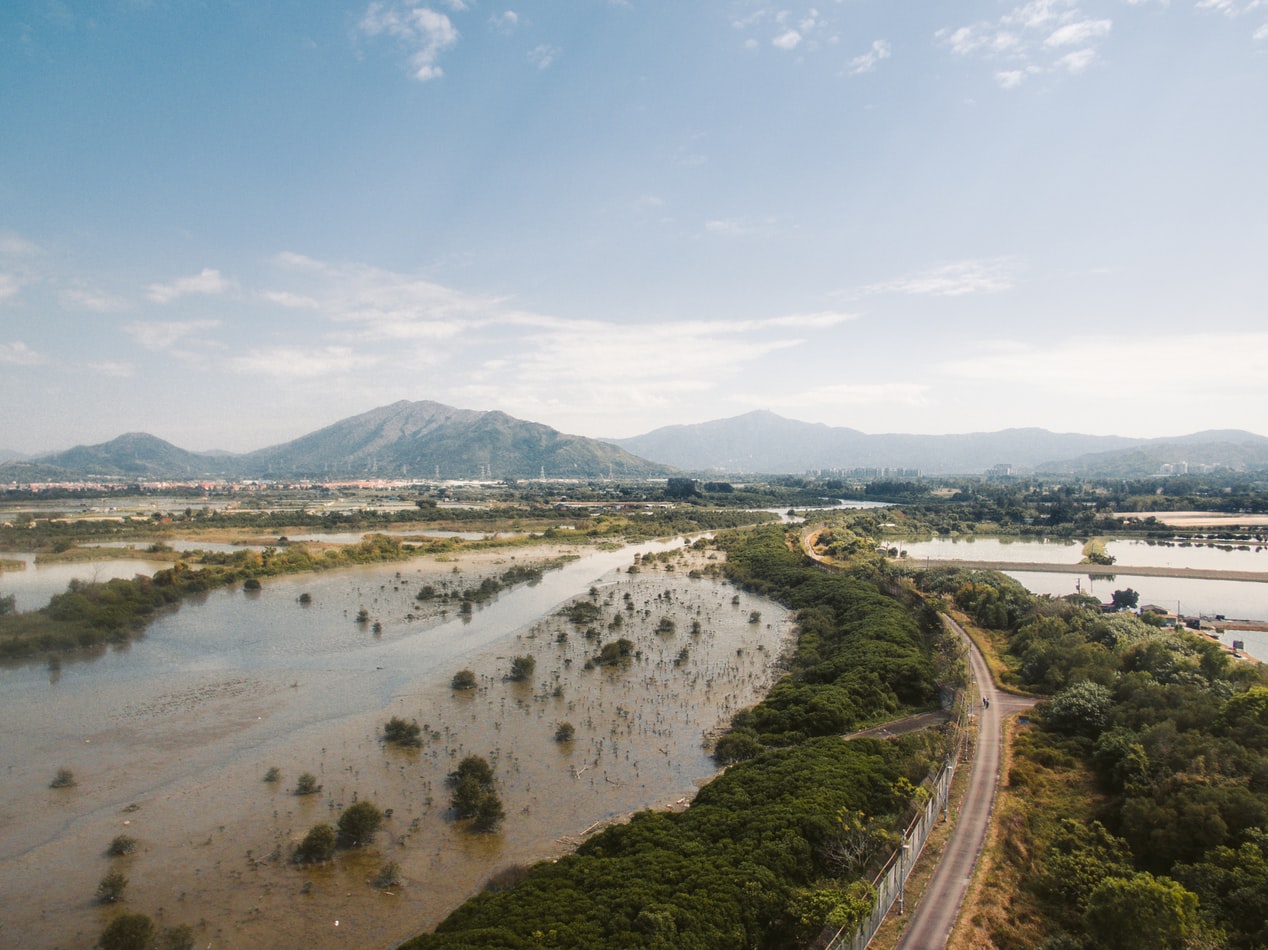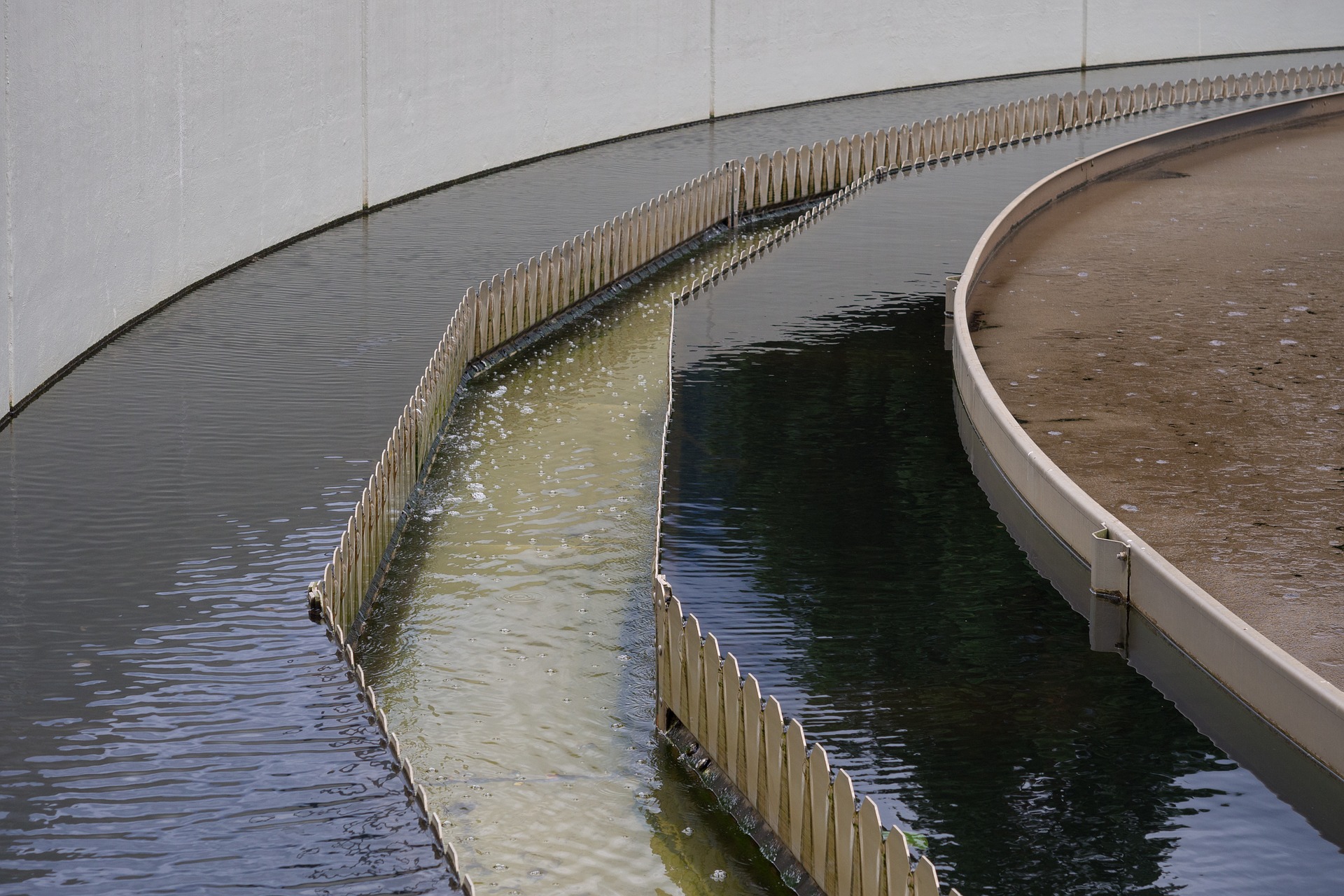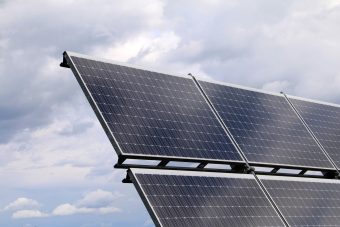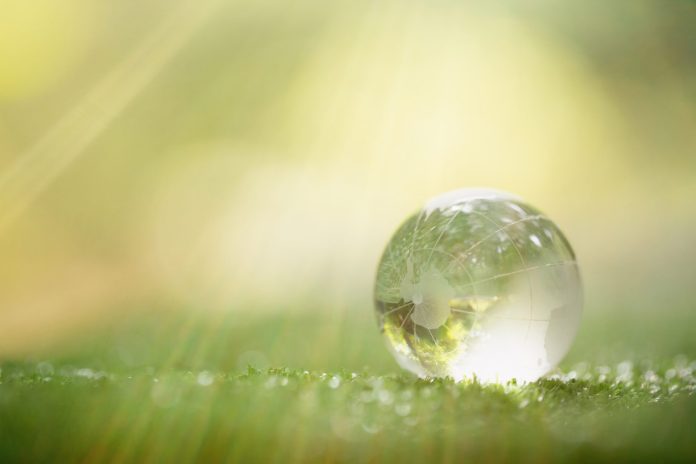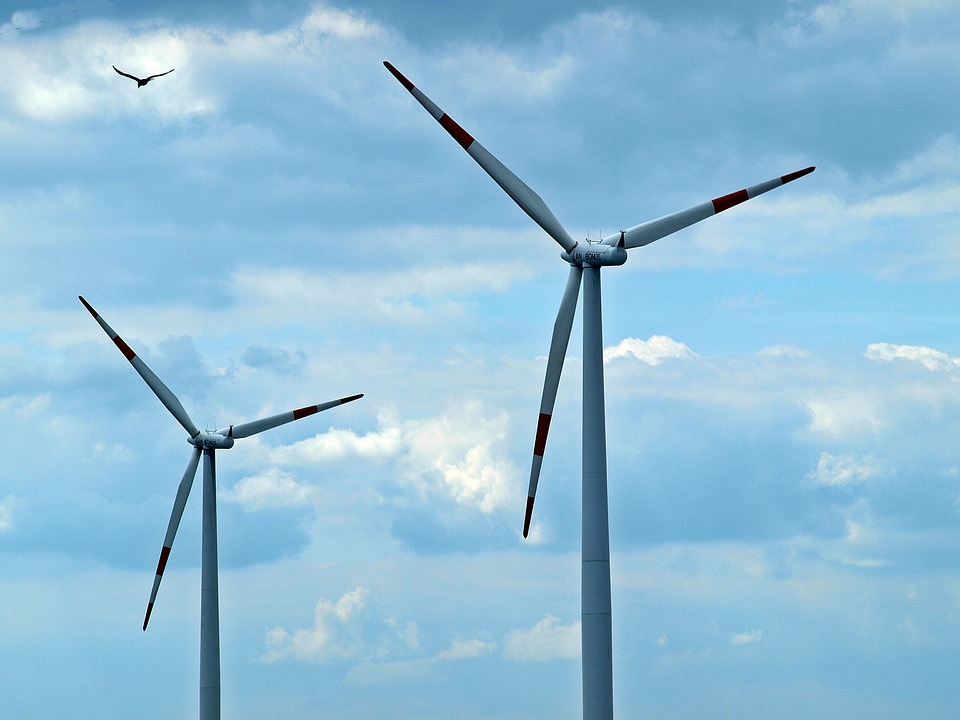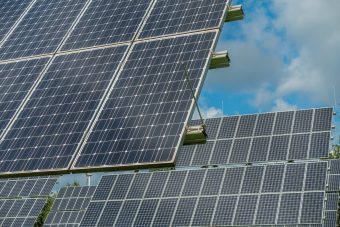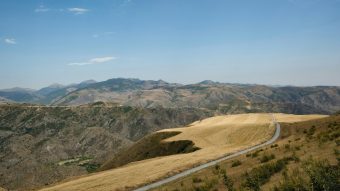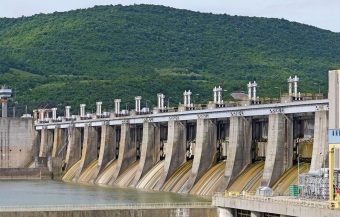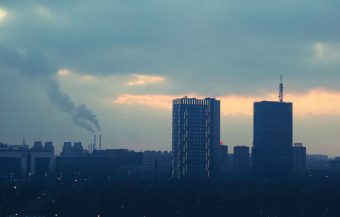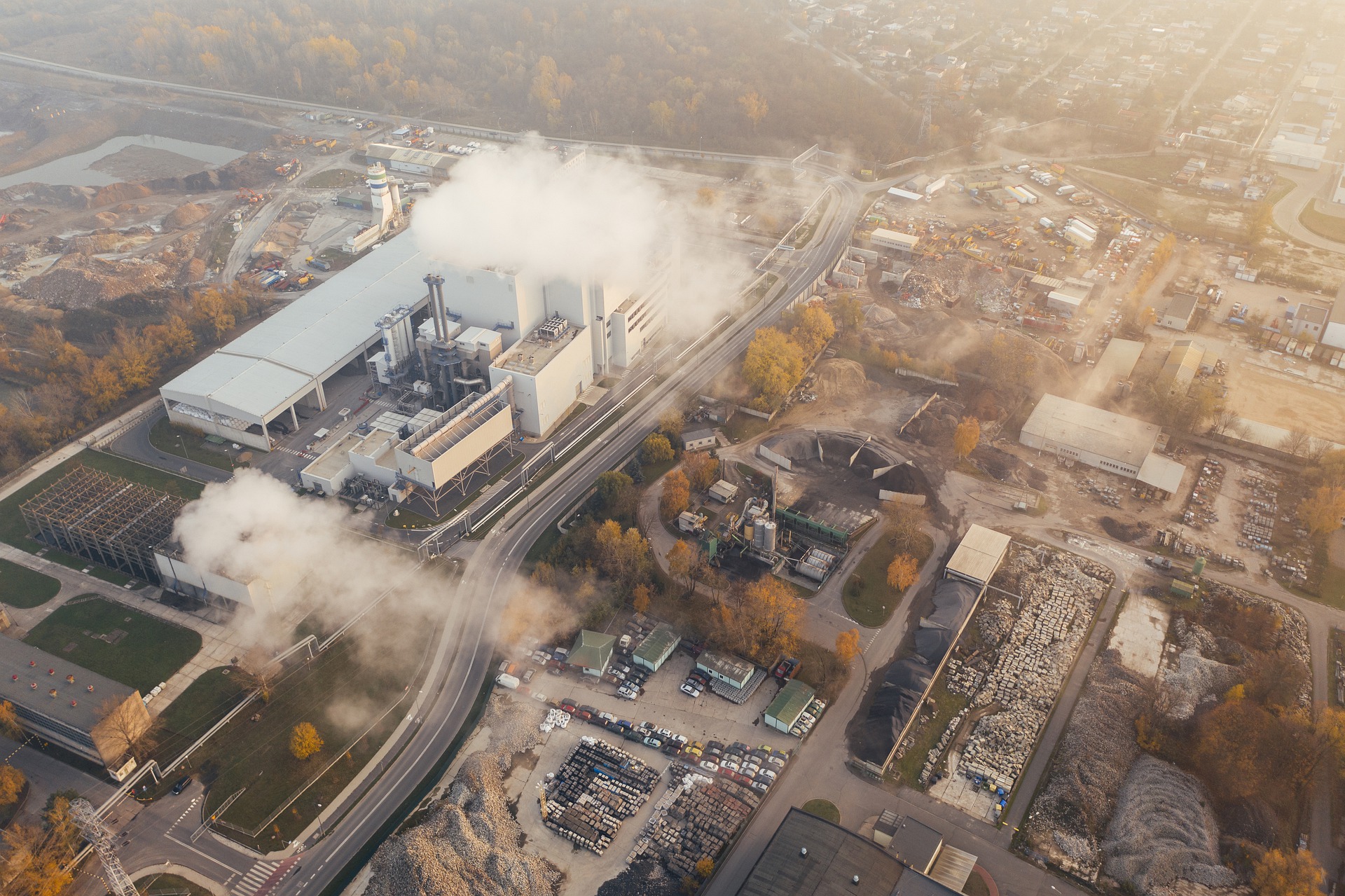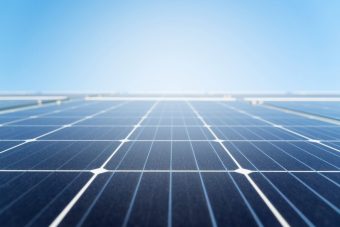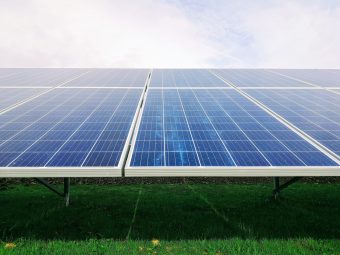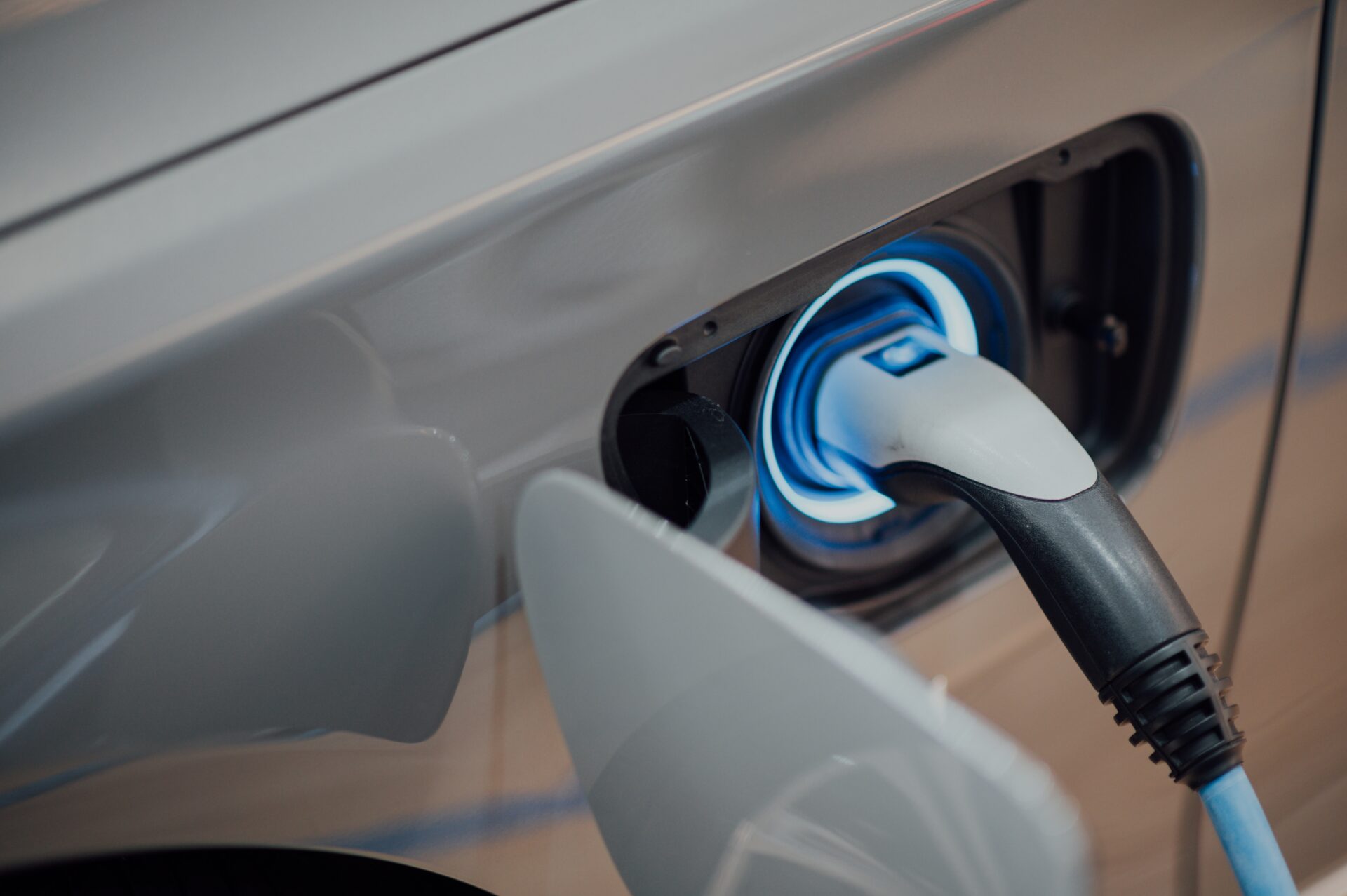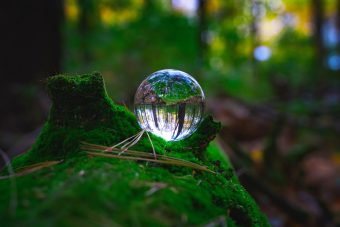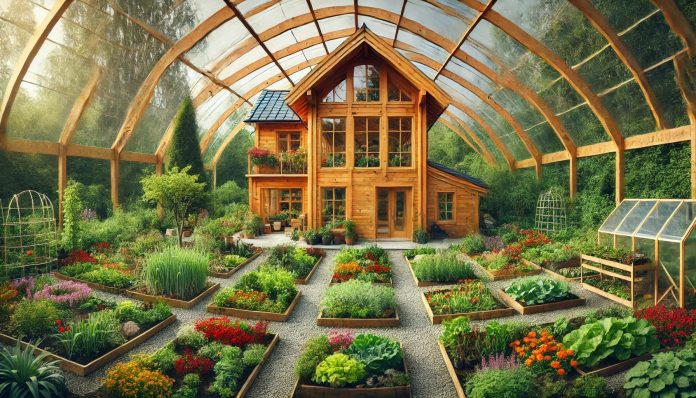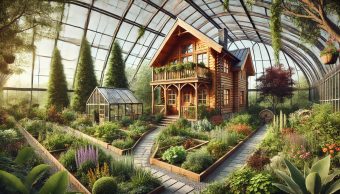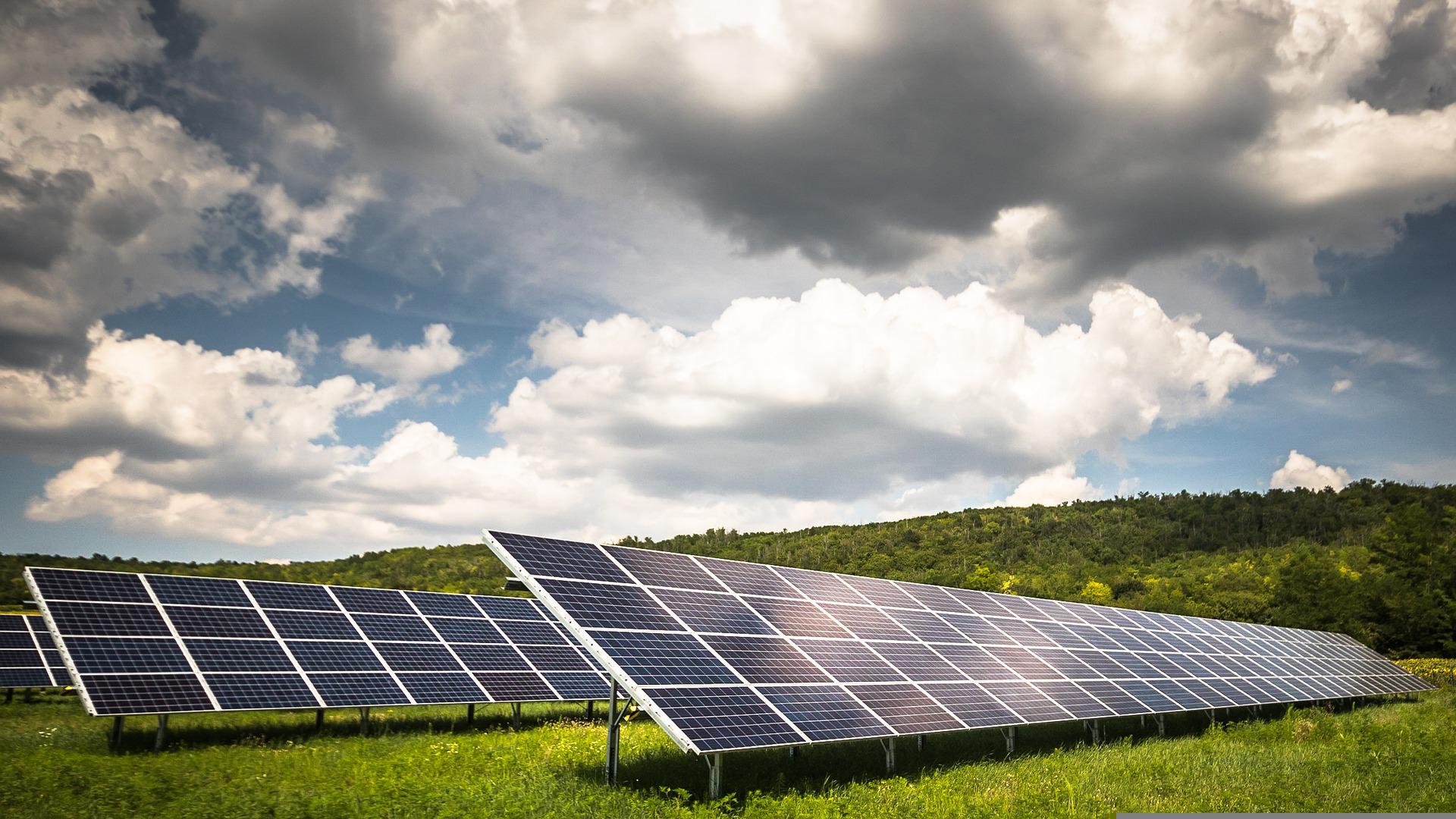Unfortunately, troubling news is coming from Spain – the country has experienced one of the worst floods in recent history, with at least 95 fatalities, dozens missing, and massive material damage. Images of cars scattered like plastic toys raise the question in my mind: what kind of force swept through Valencia and entirely transformed the face of this vibrant area?
This relentless force manifested in the form of 400mm of rain per square meter in just one day, which is more than the typical monthly rainfall. Survivors report water levels reaching up to two meters high, and numerous videos on social media show torrents sweeping everything in their path.
To make the situation even more bizarre, only a few months earlier, Spain faced another crisis caused by drought, which threatened water supplies and agriculture. In Catalonia, for instance, a state of emergency was declared in February of this year when water reserves fell below 16 percent, resulting in strict restrictions. Fruit production, including grapes, suffered losses between 30 percent and 70 percent, and wine production fell short due to the years-long drought.
Moreover, new studies indicate that Spain is rapidly shifting from a temperate Mediterranean to a desert climate and that by 2050, rainfall levels could decrease by as much as 20 percent compared to current levels.
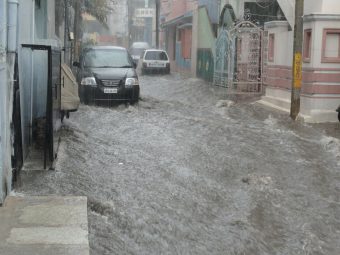
There is no doubt that Spain has become a true “battlefield” of climate contrasts in recent years. However, for those not at the heart of these events, it may be difficult to connect these dramatic scenes with the everyday news about climate change. Drought and flood in the same country in such a short time? It seems paradoxical, but this pattern aligns with the climate scenario that many climatologists have predicted for decades.
Spain is at a critical point of climate change, situated on the border between the subtropical and Mediterranean climate zones. Climate change is causing more extreme temperatures, reducing snowfall in the mountains, and accelerating water evaporation from the soil. This contributes to summer droughts, and when rain finally falls, the dry ground cannot absorb the water. This phenomenon leads to rapid water runoff, resulting in floods.
Meteorologists and climate experts emphasize that without swift action and infrastructure adaptation, the consequences could worsen. Spain must take decisive steps to become more resilient to extreme weather conditions and reduce its carbon footprint. Strengthening infrastructure, improving irrigation systems, reforesting, and protecting existing ecosystems are just some of the ways to address these issues.
The responsibility, of course, lies with all of us, as Spain, although a European leader in new renewable energy capacities and noted for numerous efforts to protect nature and reduce pollution, cannot mitigate the climate crisis alone if other countries do not take their roles seriously.
Climate change is our global enemy and requires global action, and the natural disasters the world faces today are a call to understand the nature that surrounds us and the responsibility we all share.


